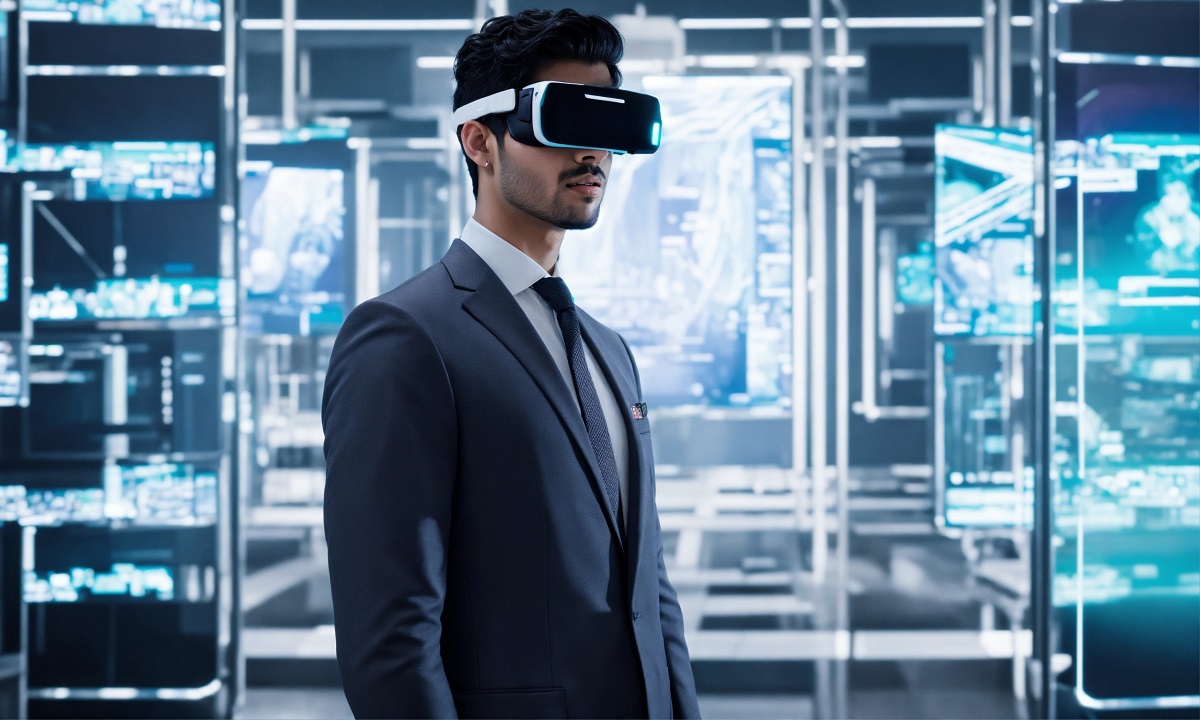Wavr-297 is a revolutionary neural interface technology that is poised to transform multiple industries, from entertainment and education to healthcare and beyond.
This latest innovation enables an unprecedented level of immersion and interaction by directly connecting with users’ neural pathways.
As whispers of its enigmatic capabilities echo through tech forums and development studios, it’s time to take a deep dive into the world of Wavr-297 and explore its potential to reshape our digital world.
What is the Technology Behind Wavr-297
At its core, Wavr-297 harnesses the power of waveform technology to translate neural circuits into responsive waveforms. This allows users to control and interact within virtual environments with astonishing precision, birthing a symphony of experiences that were once relegated to science fiction.
The headset itself is sleek in design, concealing an array of sensors that render traditional user input redundant. Gestures and physical or vocal commands become relics of the past as Wavr-297 detects user intentions before a conscious thought even forms, leading to seamless and instantaneous responses.
Originating from global leaders in neural interface research, Wavr-297 boasts an augmented processing unit with unrivaled computing capabilities. Its near-zero latency sets it apart from competitors plagued by dizzying lag. Volumetric displays, haptic feedback, and other cutting-edge features combine to deliver unparalleled immersion.
Potential Applications Across Industries
The versatility of Wavr-297 makes it suitable for a wide range of industries, revolutionizing how businesses operate by offering unique ways of interacting with digital content.
In the entertainment industry, Wavr-297 pushes the boundaries of content creation in music, film, and storytelling. It introduces a dynamic and immersive engagement model that demands and fosters creativity like never before. Virtual reality gaming, powered by Wavr-297, will transport players into meticulously crafted worlds where every detail is designed to fully immerse them in the action.
The education sector also stands to benefit immensely from Wavr-297. By eliminating geographical and socioeconomic barriers, it democratizes access to knowledge through virtual classrooms and interactive learning experiences. Students can embark on virtual field trips, engage in hands-on training simulations, and gain exposure to complex scenarios – all without leaving the classroom.
In healthcare, Wavr-297 enhances patient outcomes through advanced simulations and diagnostics. It brings innovations like direct mind-to-mind consultations into reality, reducing risks and improving the efficiency of medical training and patient care. The technology also shows promise for therapeutic applications in mental health treatment.
Manufacturing, design, and various other industries can leverage Wavr-297 to showcase products through interactive demos, collaborate on projects in shared virtual spaces, and push the boundaries of what’s possible in their respective fields.
Challenges and Ethical Considerations
As with any groundbreaking technology, Wavr-297 faces challenges and raises important ethical considerations that must be addressed.
One major hurdle is the cost associated with implementing the hardware and infrastructure required for Wavr-297 experiences. Ensuring the technology is accessible and affordable for both businesses and consumers will be key to its widespread adoption.
User safety and comfort are also critical concerns. Developers must focus on minimizing risks like motion sickness and disorientation while maximizing user comfort during extended sessions. Establishing guidelines and best practices for safe usage will be essential.
Perhaps most importantly, the deployment of Wavr-297 raises critical ethical and privacy concerns. Issues of consent, data privacy, and the very notion of private thought must be navigated carefully. Striking a balance between individual empowerment and protection will require ongoing dialogue and a robust ethical framework as the technology evolves.
Final Thoughts
As Wavr-297 propels us into uncharted territories of immersive technology, the road ahead is filled with both excitement and caution. Its potential to revolutionize industries, democratize access to knowledge and experiences, and push the boundaries of human-machine interaction is immense.
However, addressing the challenges and ethical implications will require collaboration across sectors – from developers and researchers to policymakers and end-users. By proactively tackling these issues head-on, we can work towards a future where technologies like Wavr-297 benefit humanity while upholding our core values.
The journey has only just begun, but one thing is certain: Wavr-297 is poised to redefine our relationship with technology in ways we have yet to imagine. As we stand on the precipice of this new era, it falls upon us to shape its trajectory responsibly and inclusively – ensuring that the wonders it unlocks are accessible to all.

